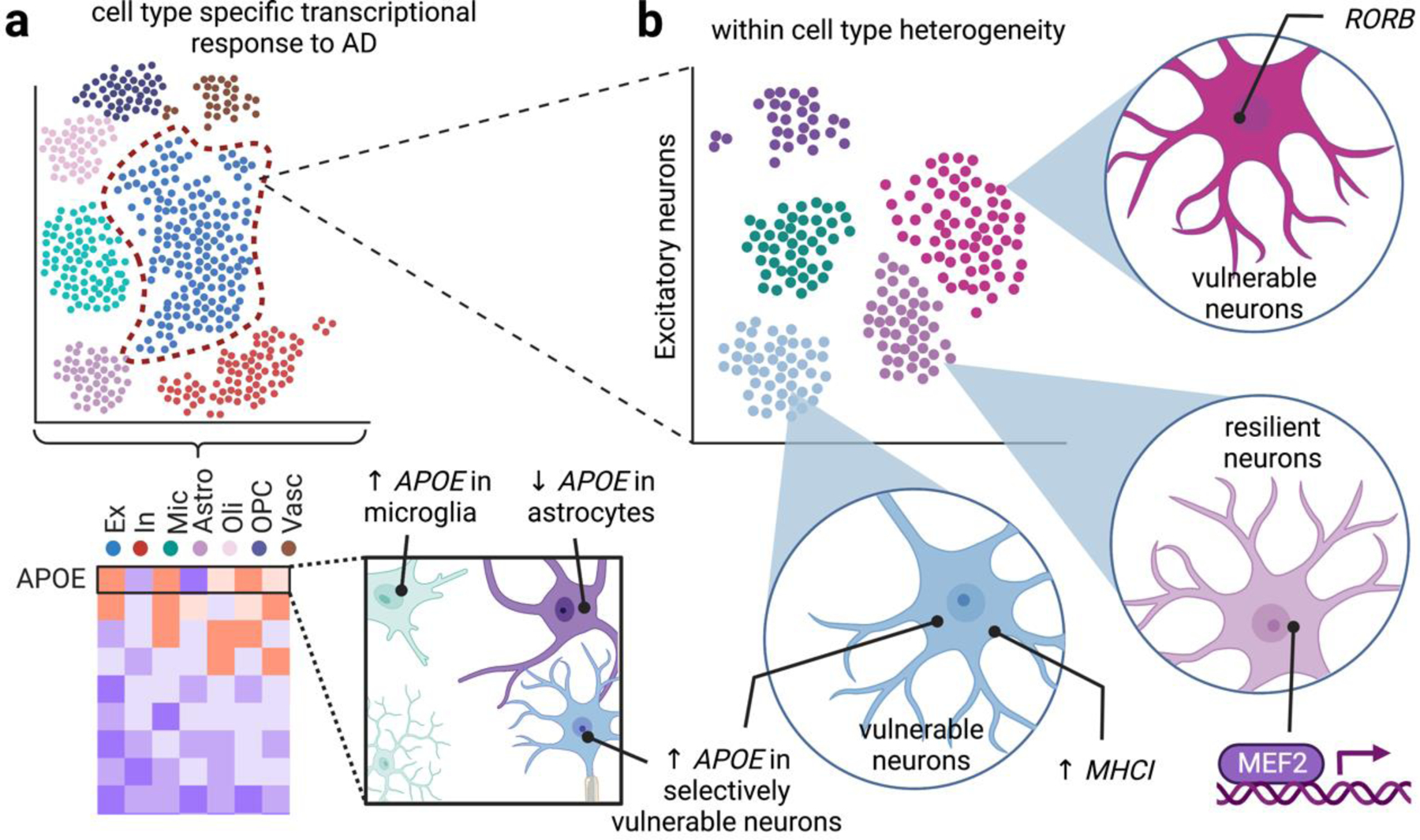Figure 1: Overview of central advantages of single cell approaches for the study of AD.

Single cell approaches highlight cell type and cell subtype specific vulnerability to disease. (a) Cell type specific responses to disease. Bulk quantifications of gene expression report population averages, which belie changes from specific cell populations that may drive distinct pathological responses. For example, snRNA-seq revealed that APOE is downregulated in AD astrocytes but upregulated in microglia7,8 and some neurons20. (b) Cell subtype responses to disease. Bulk profiling based on cell type markers might mask within-cell type heterogeneity, such as layer-specific neurons, non-myelinating oligodendrocytes. In contrast, single cell profiling unmasks differential vulnerabilities to AD within distinct subsets of major cell types. For example, neurons selectively vulnerable to AD neurodegeneration are marked by RORB18 and elevated APOE/MHC-I signaling20, and neurons resilient to AD pathology are enriched in MEF219.
